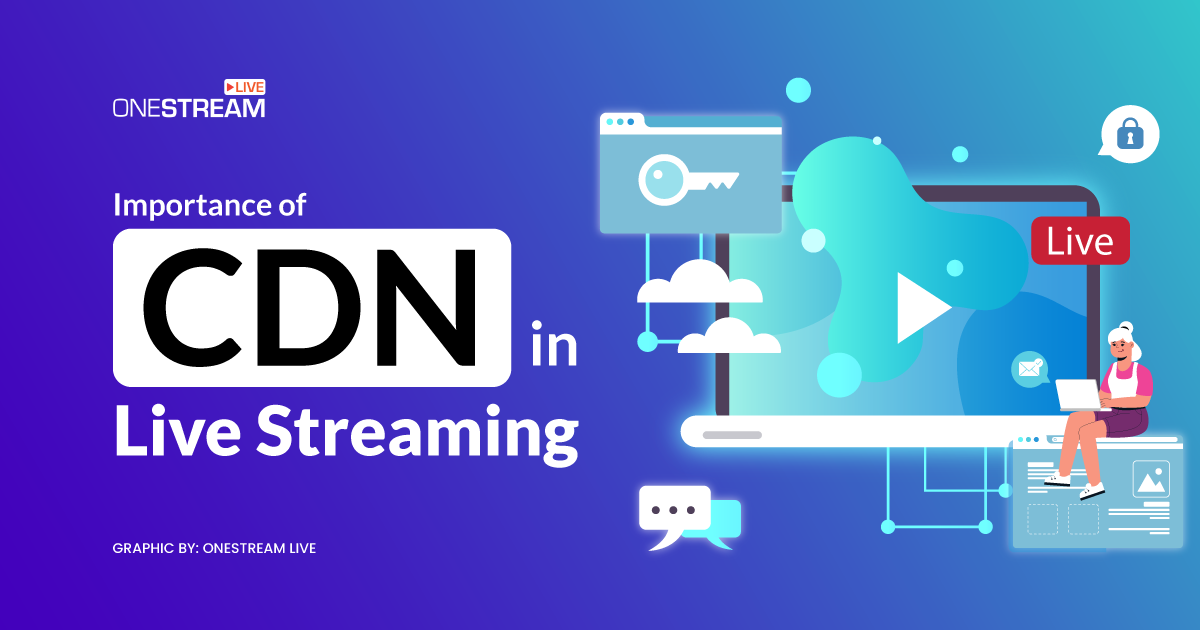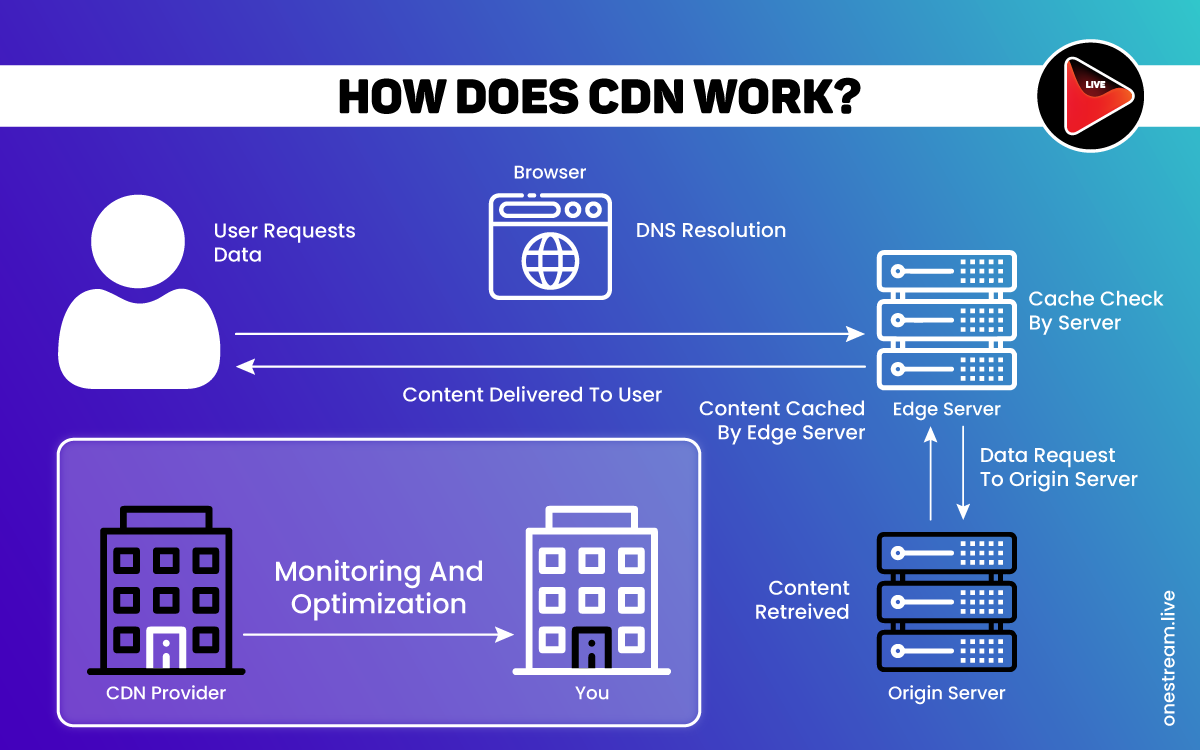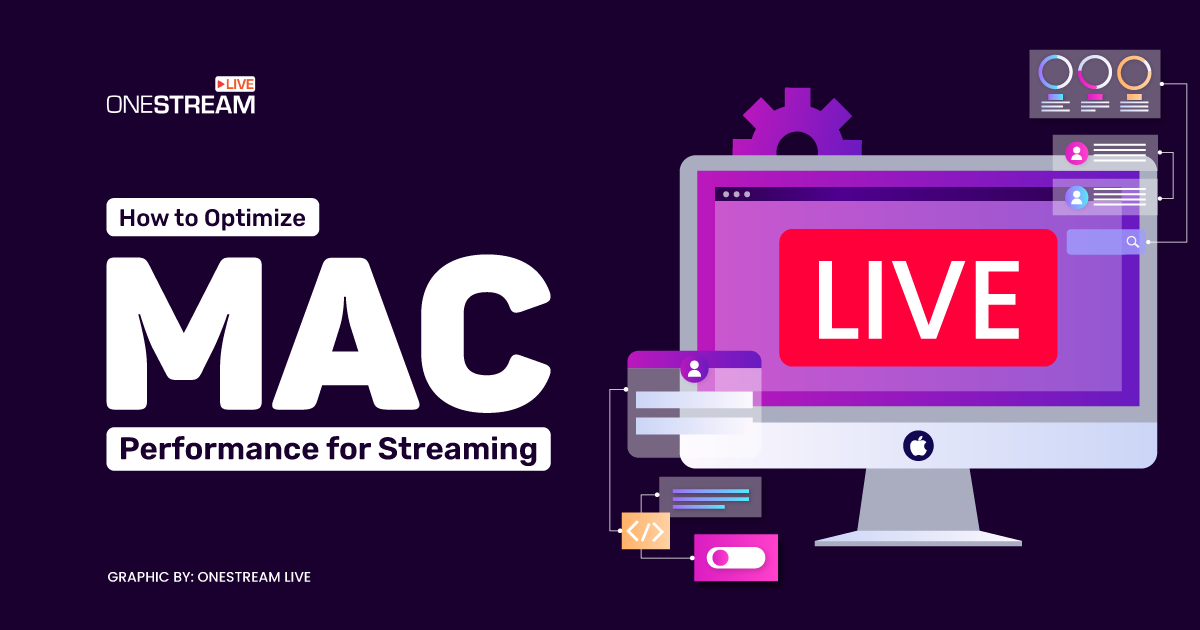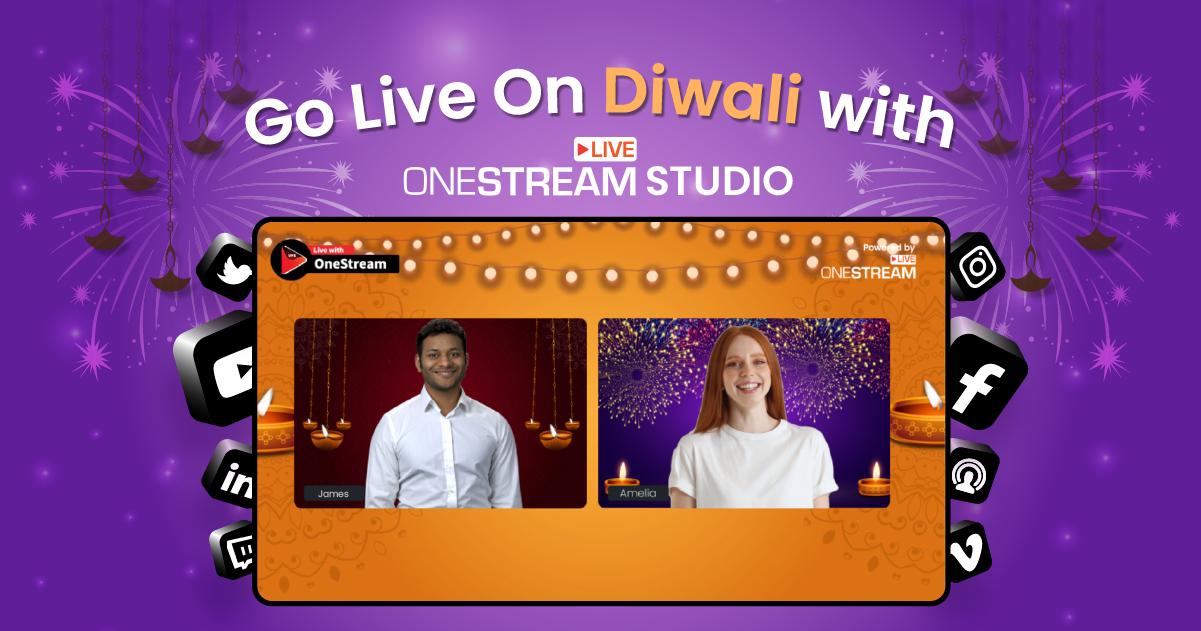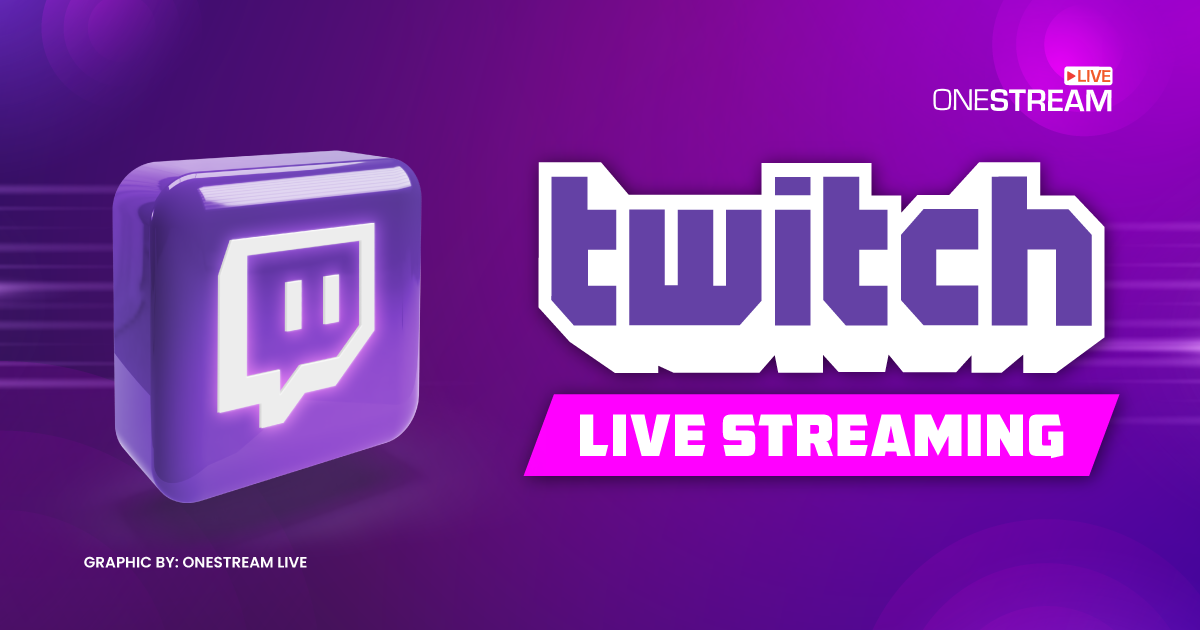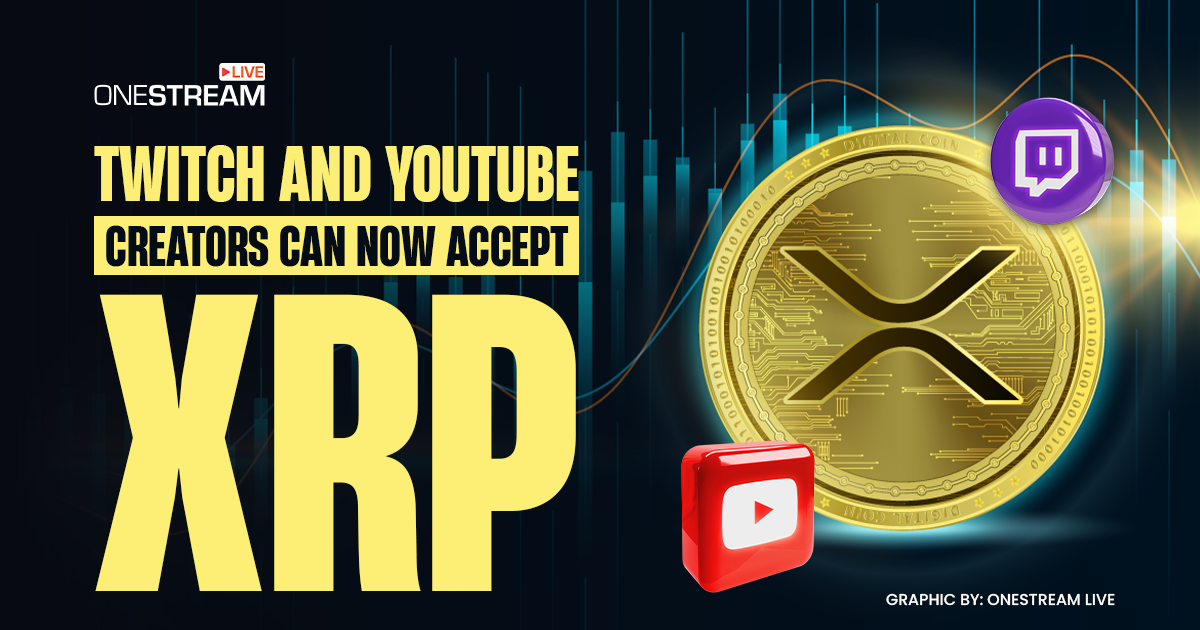Every one of us interacts with CDN daily, and we might even know it. CDNs are behind every text or image sent to your device. CDN was designed to solve the problems with delay or latency that happen after you issue a request on a web page. The latency is influenced by the distance between your device and the server where the data you requested is hosted. Of course, a CDN only works with a server. If you want to explore CDN in action, you may need to rent VPS hosting, for example. This article will talk about what is the purpose of CDN, how it works, and why it is important for live streaming.
In this Article:
The Purpose of CDN
CDN stands for Content Delivery Network. People and organizations first started using CDNs in the 90s.
Its purpose is to minimize the distance between the server and the end user for the content to be quickly transferred to the user.
For this, CDN engages in the process of caching and stores the copies of the files on the edge servers at data centers in different locations, the so-called points of presence (PoPs). Each data center has caching servers. A caching server that is nearest to the user’s location is used to transfer data. Using the nearest server allows for a higher web loading speed and an overall better user experience.
CDN caches web pages, videos, and images and thus allows you to explore social media, watch a video, and issue quick payments.
CDNs were also created to eliminate the network congestion associated with the diversity of high-quality content.
In a nutshell, CDN performs two main functions such as reducing latency and eliminating network congestion.
How CDN Works
To explain how the CDN works, we need to go through its components.
CDN operates through three types of servers: origin servers, edge servers, and DNS (Domain Name System) servers.
Origin servers are the source of original content. They are referred to when the data they store needs to be transferred. If the content needs to be updated, it is the origin servers you need to make changes in. An origin server is often a third-party server hosted through a hosting provider.
Edge servers are those that are functioning in different locations in the points of presence. Edge servers create a cached copy of the original content to further deliver it to the users in proximity. Therefore, when a user issues a request for data instead of origin servers, the request is directed to the closest edge server since it already has a data copy. There can be an instance of the copy being outdated. If the data on the origin servers and edge servers doesn’t match, edge servers request an update on the content.
And lastly, DNS servers govern the IP addresses assigned to both edge and origin servers. They also bridge the request with the closest edge server where the data can be sent to the user.
Why is CDN Important for Live Streaming?
Let us take a look at how live streaming works with CDN.
For a creator, using a CDN eliminates the chances of stream crashes since the copies of the stream are sent to the servers nearest to viewers. The caching function makes a big difference for live streamers because the content is displayed with minimal latency. Besides, using a CDN largely reduces the load on the origin server; this way, the content is quicker delivered to the viewer.
As a live streamer, you want to ensure that your viewers watch your streams with no technical difficulty and in high quality. When you use CDN for live streaming, a user sends a request to view your stream, which is received by the edge server closest to the user. Since the edge server is in proximity and already has a copy of the media, the content travels a much shorter distance. Again, this way, the load on the origin server is reduced because the copy stored on the edge server is suitable for another user to access.
The importance of using CDN for live streaming can be divided into the following aspects:
- Reducing latency and buffering: If there are things you want to avoid with live streaming it is latency and buffering. CDNs help to avoid them significantly since they deliver the content through the edge servers that have their stored copy.
- Improving reliability: CDN strengthens the reliability of the content delivery by utilizing servers nearest to users. Using the nearest servers allows media to travel shorter distances; thus, viewers can get your content quicker. Here, reliability also extends to your reputation as a live streamer. If you have frequent technical difficulties, your reputation is likely to suffer.
- Reaching a global audience: CDN can help a live streamer reach a global audience due to its servers that store cached copies of the content in different locations. This way, users from any location can view quality streams.
- Saving money: If you have only one server for hosting your content, you need to invest a significant amount of money for it to support considerable viewer traffic and store your content. Since CDN spreads data among multiple servers, it may be cheaper to use CDN than a single server for live streaming.
OneStream Live is a cloud-based live streaming solution to create, schedule, and multistream professional-looking live streams across 45+ social media platforms and the web simultaneously. For content-related queries and feedback, write to us at [email protected]. You’re also welcome to Write for Us!

